Triangle of Confusion by John Curd
20/03/2024
My title stems from two documented concepts. In photography, the circle of confusion is used to determine the depth of field, that part of an image which is acceptably sharp. In linguistics, the triangle of meaning is a model of how linguistic symbols relate to the objects they represent. Both triangle and confusion seem particularly relevant to my subject, pictured in above.
I consciously avoided naming my flying beast because it is the naming of it which leads to confusion.
I’ll begin by considering the common or vernacular names, the debate over which I’m sure many of us are familiar with. In the UK, this delightful dragonfly has traditionally been termed Norfolk Hawker because, though it was historically also found in the Cambridgeshire fens, its range became restricted to the Broadlands of Norfolk. However, over several years it’s breeding range has spread to include Suffolk, Cambridgeshire, Hertfordshire, Essex and Kent, and continues to expand. So, to tag it Norfolk now seems inappropriate to some. Green-eyed Hawker is the name used by Dijkstra/Schröter/Lewington and by Smallshire/Swash in their European volumes. This has always seemed more appropriate in an international context and may now seem more appropriate in a UK context to some, given its spread. However, traditions die hard and there are factions that champion Norfolk Hawker as the UK common name, perhaps as testament to its local heritage [forgetting the Cambridgeshire fens history].
Now let us consider the thorny topic of scientific or binomial name.

The species scientific name stems from the yellow isosceles triangle mark atop S2, present in both sexes. It was apparently first described by the Danish naturalist Otto Friedrich Müller in 1767. Whether by accident or design, his species name of isoceles omitted the 2nd “s” that appears before the middle “c” in geometric terminology. I have seen one claim that the original specific name was isosceles (with the “s”) but there was no attribution and that doesn’t seem to gel with the apparent original name of isoceles from good ol’ Müller.
Erich Schmidt (1890 – 1969), a German entomologist, seems to have been instrumental in ascribing it to Anaciaeschna, thus Anaciaeschna isoceles. [1] This was based on perceived differences between isoceles and other members of the Aeshna genus. It has since, however, been included in the Aeshna genus , thus Aeshna isoceles.
The NBNAtlas continues to refer to Anaciaeschna isoceles.
I believe, for a while recently, that the BDS referred to it as Anaciaeschna isoceles, changing from Aeshna isoceles, but it now seems to have reverted to Aeshna isoceles.
Cynthia Longfield (The Dragonflies of the British Isles, 1939) referred to Aeshna isosceles.
- R. Askew (1987 & 2003) refers to Aeshna isosceles.
Dijkstra/Schröter/Lewington (2020) have it as Aeshna isoceles.
Smallshire/Swash (2020) have it as Aeshna isoceles.
The IUCN Red List has it as Aeshna isoceles.
Dr. Dennis Paulson’s World Odonata List has it as Aeshna isoceles.
So, the majority of modern texts seem to be in favour of A. isoceles (without the “s”) currently which, given Müller’s initial taxon definition, should, I think, be considered correct.
My previous statement deliberately avoided the genus name and here is why.
We have seen that our friend has already been bounced around between Anaciaeschna and Aeshna. Now …
enter: DNA analysis [a technique not available to our illustrious forebears.]
In August 2023, a paper with the catchy title of “Molecular Phylogeny of Holarctic Aeshnidae with a Focus on the West Palaearctic and Some Remarks on Its Genera Worldwide (Aeshnidae, Odonata)” was published. This erudite paper is full of very big, specialized words which this author admits largely to failing to understand. However, I have found a mostly comprehensible pithy conclusion of interest, though it is still liberally dosed with gobbledegook:
It is noteworthy that the cluster uniting clade 9 with clades 1–8 has the negligible support of a 0.56 posterior probability value, which provides a strong argument against inclusion of A. isoceles into the genus Aeshna.
…
Our phylogenetic trees based on ITS sequences suggest that the genus Aeshna in the current sense is not monophyletic. According to the ITS tree it can be made monophyletic if we synonymize with it the genera Pinheyschna and Polycanthagyna (the next node of which unites the current Aeshna spp., and Pinheyschna only has a weak support of 0.68). Even this broader solution would still place A. isoceles outside Aeshna. At the same time, in both COI trees Aeshna is monophyletic (although with a weak support), but again without A. isoceles. In none of our analysis did A. isoceles show a closer relationship to the genus Anaciaeschna, as has sometimes been suggested before. This is not surprising, as this has been discussed for about 100 years, when Friedrich Ris asked Erich Schmidt “What is Aeshna isosceles?”. However, the placement in Anaciaeschna, as suggested by him, cannot be followed, as none of our gene fragments investigated by different algorithms correspond to this assumption. Our results also did not support a relation of A. isosceles to the genus Andaeschna DeMarmels, 1994, as discussed by von Ellenrieder.
We, therefore, suggest for A. isoceles the new genus: Isoaeschna.
Thus, Isoaeschna isoceles.
Considering that the above is a late 2023 paper, I was surprised to find iNaturalist already referring to Isoaeschna isoceles. Given its international focus, I was also a little surprised to find iNaturalist using the common name of Norfolk Hawker.
[1] Schmidt, E. Was ist Libellula isoceles O. F. Müller 1767? Entomol. Z. 1950, 60, 1–7, 13–14.
